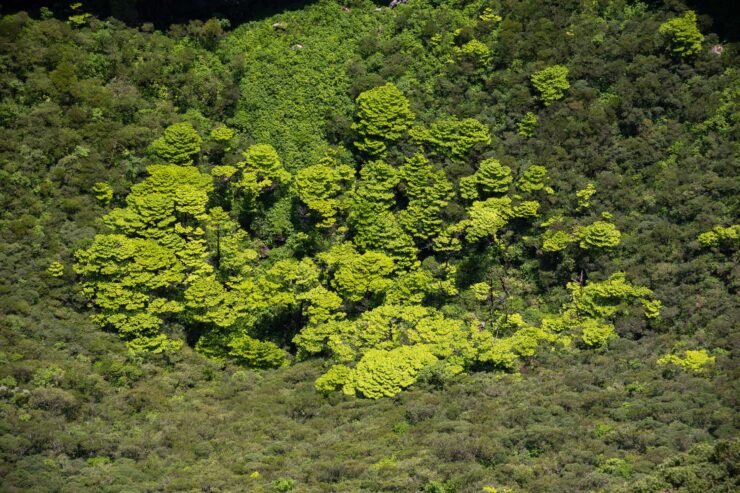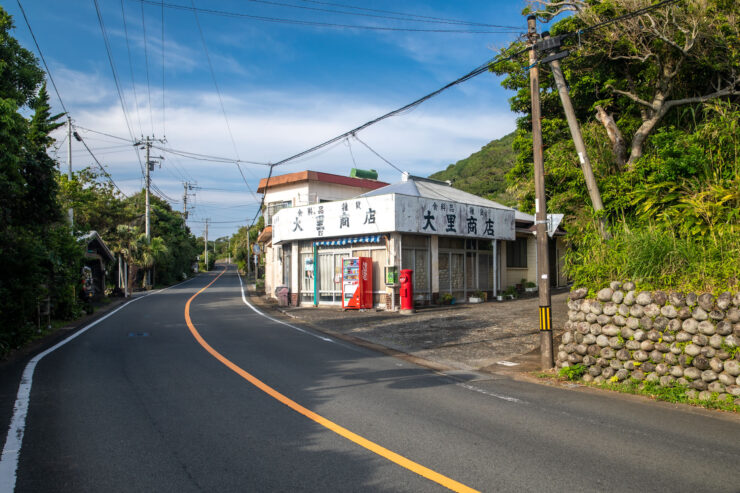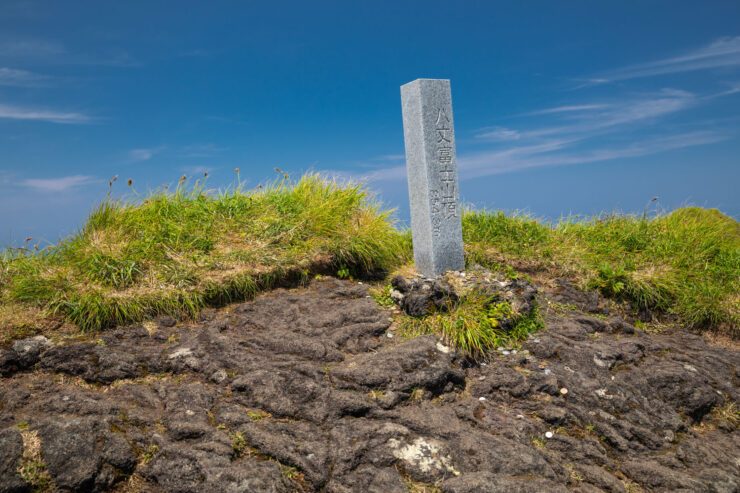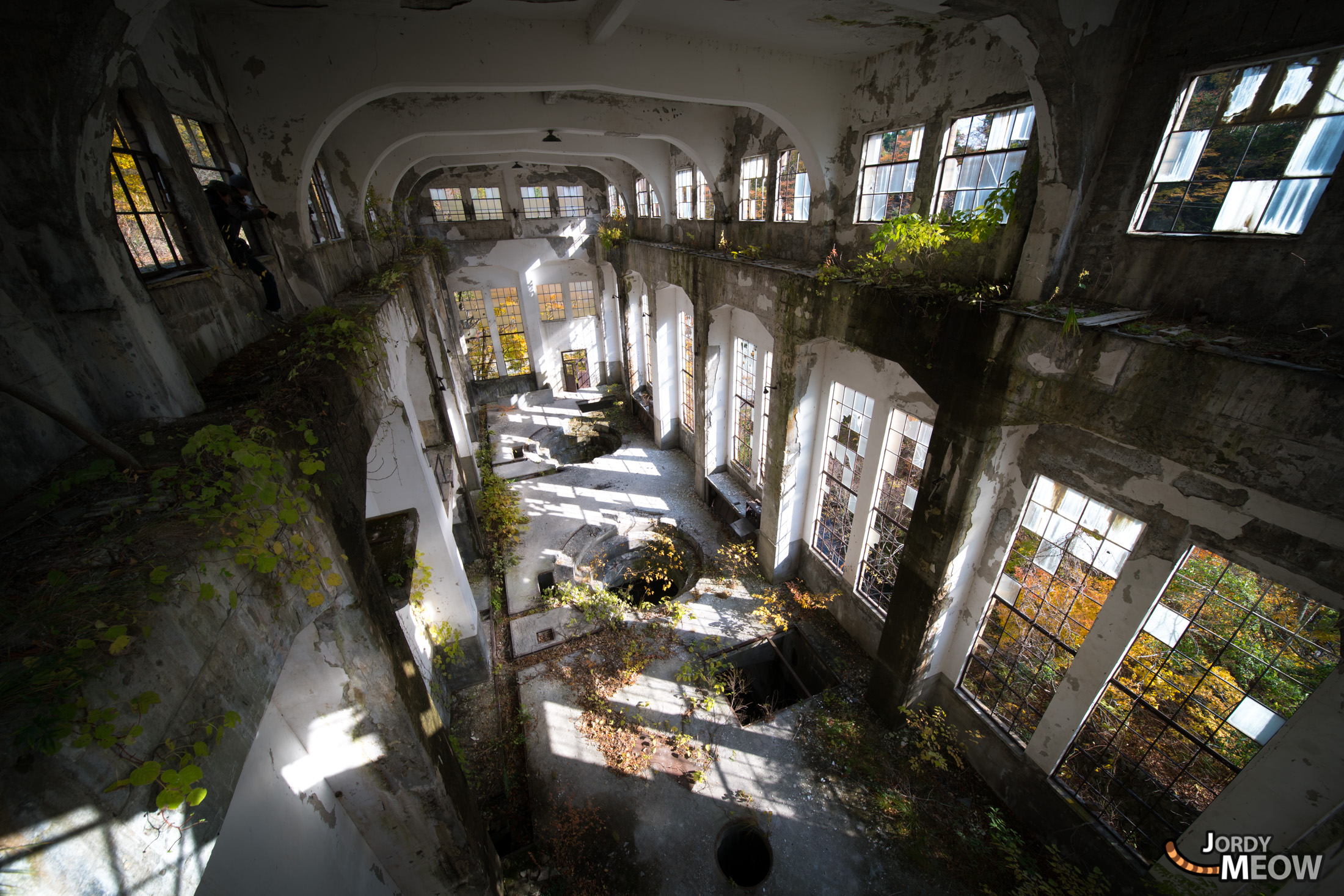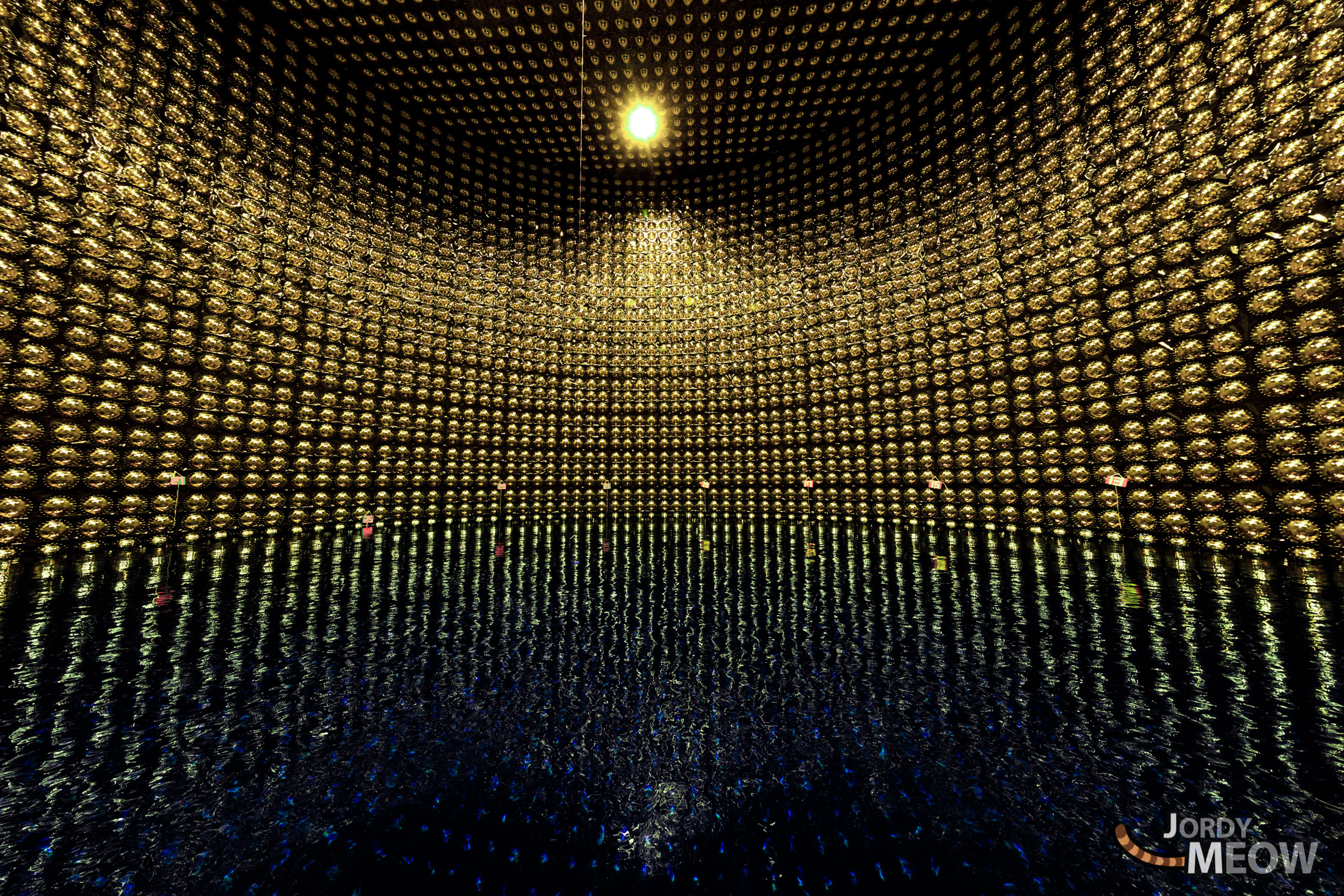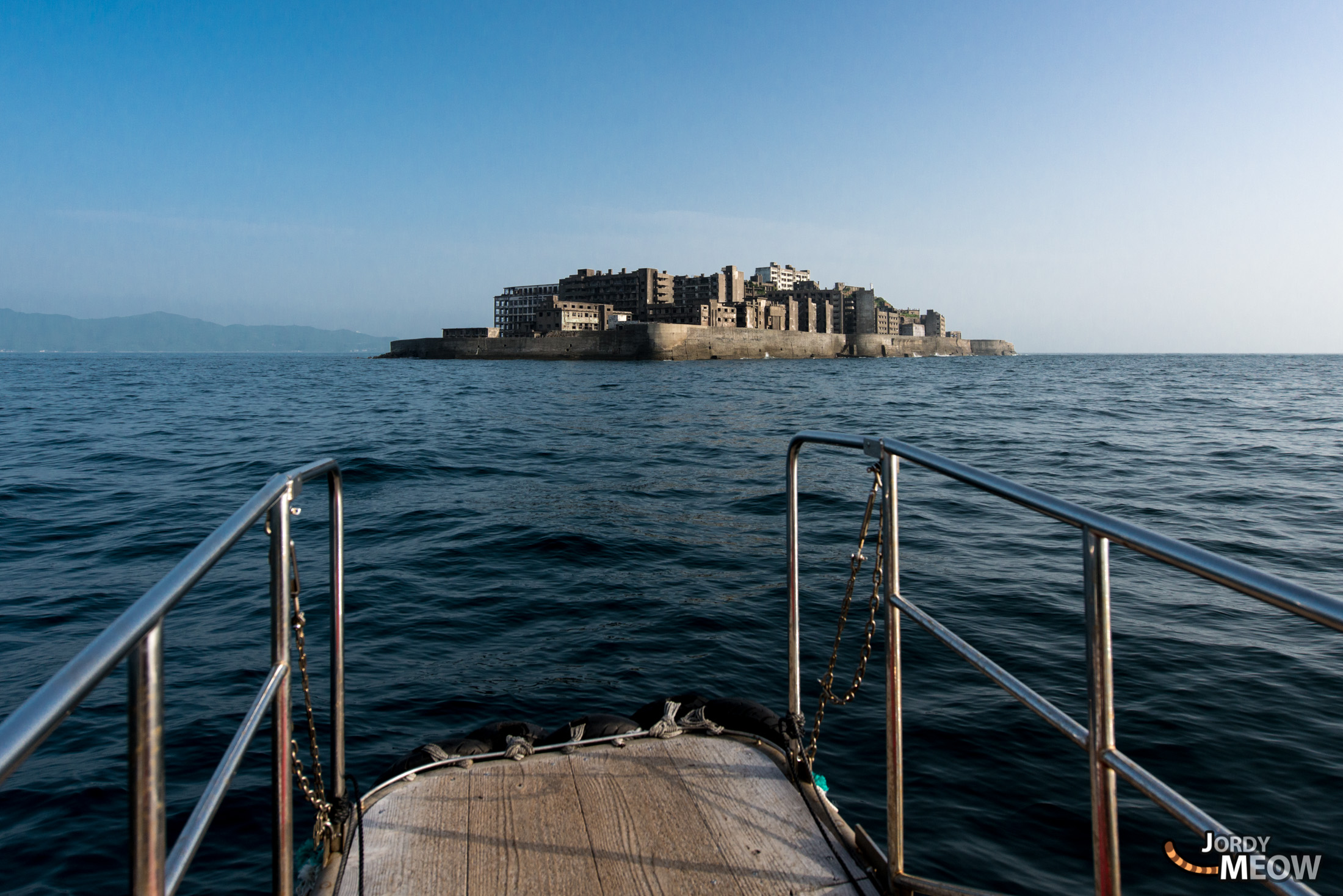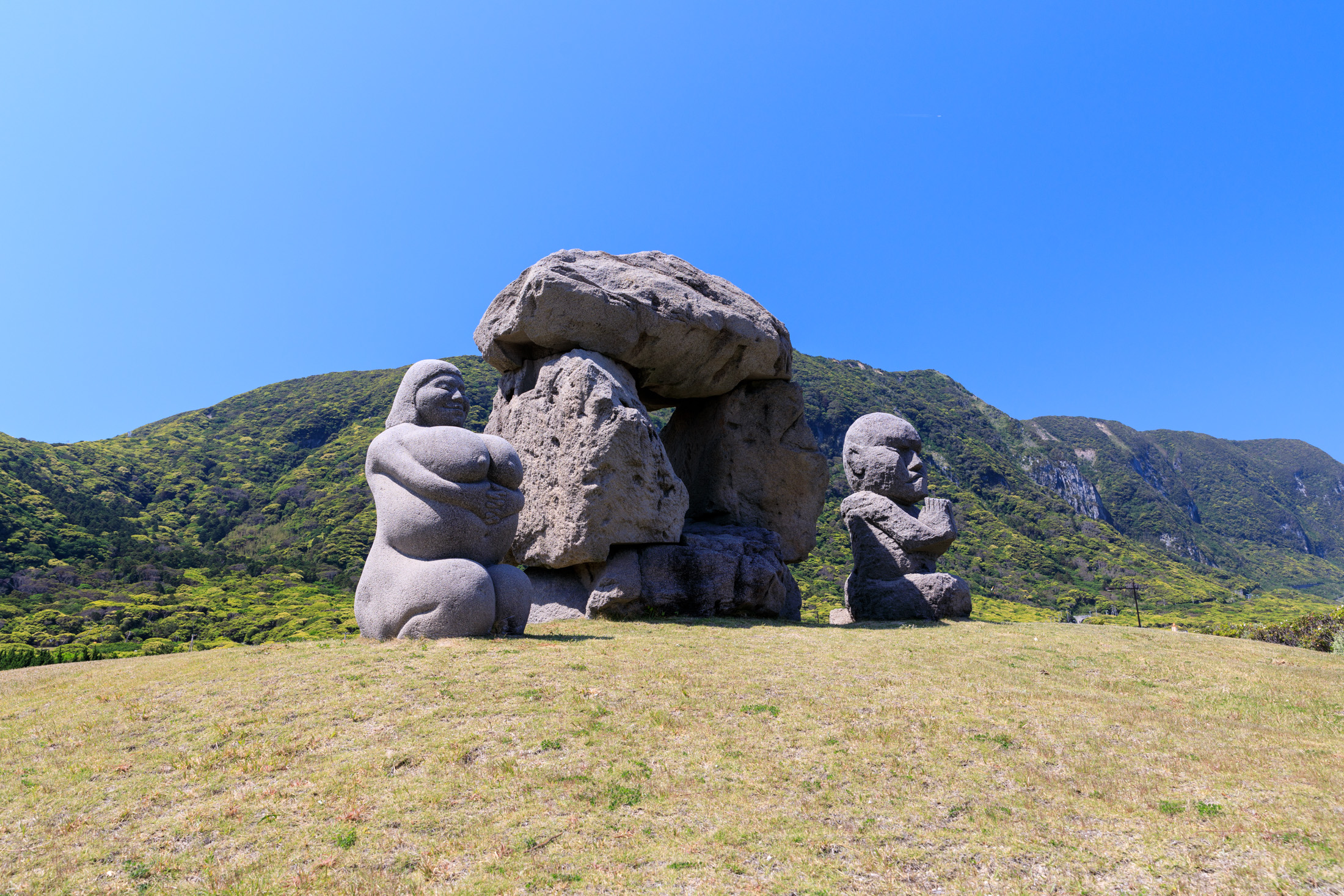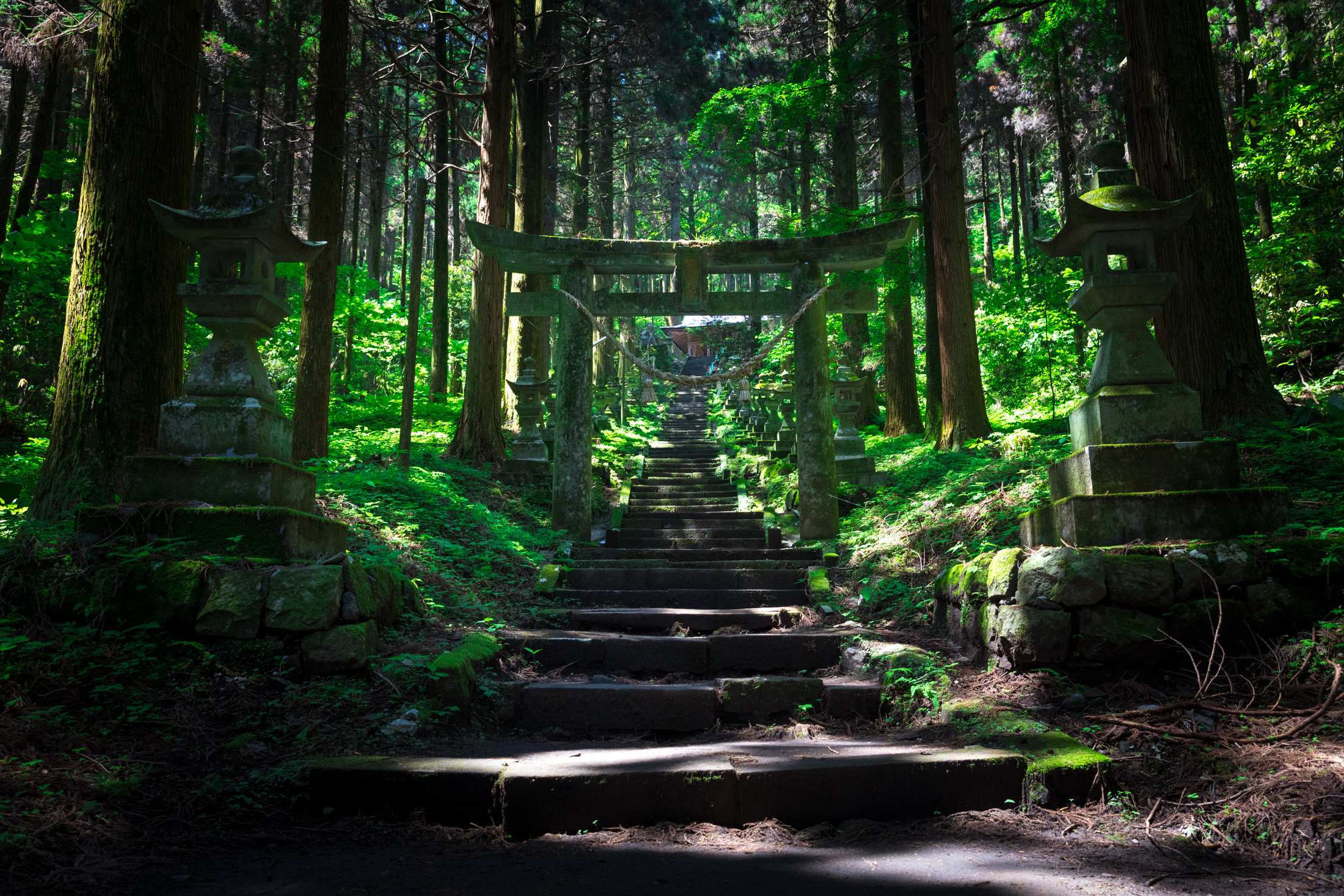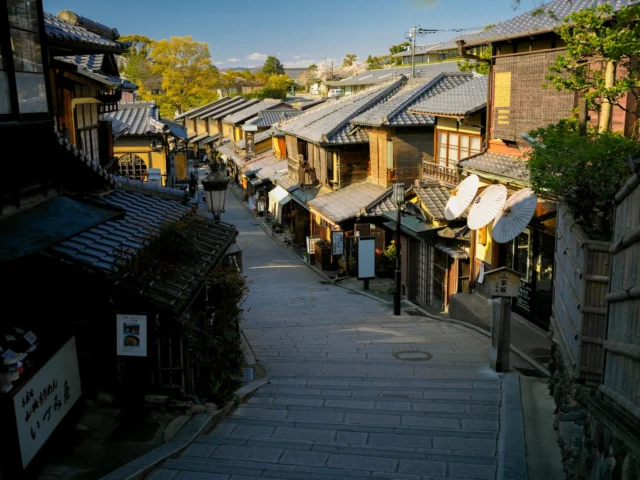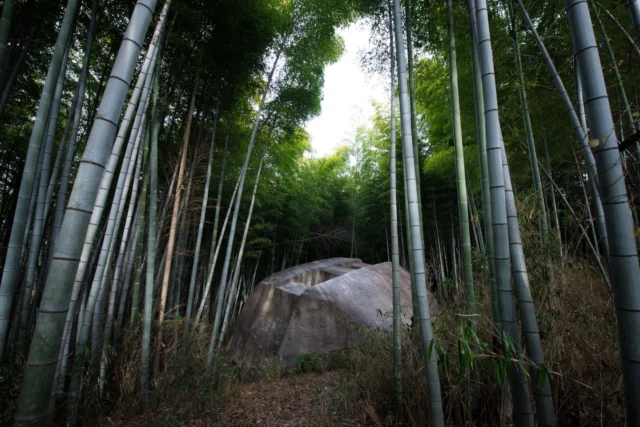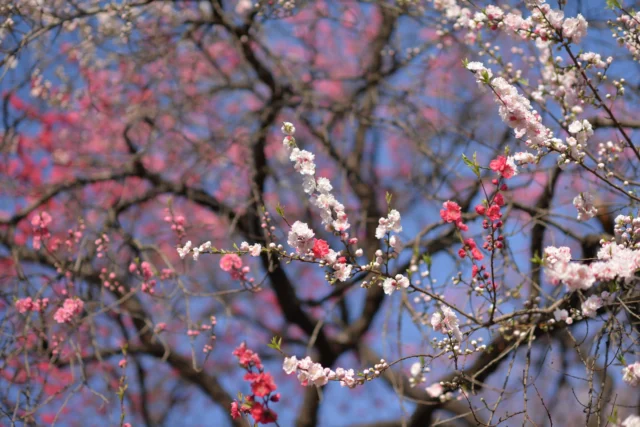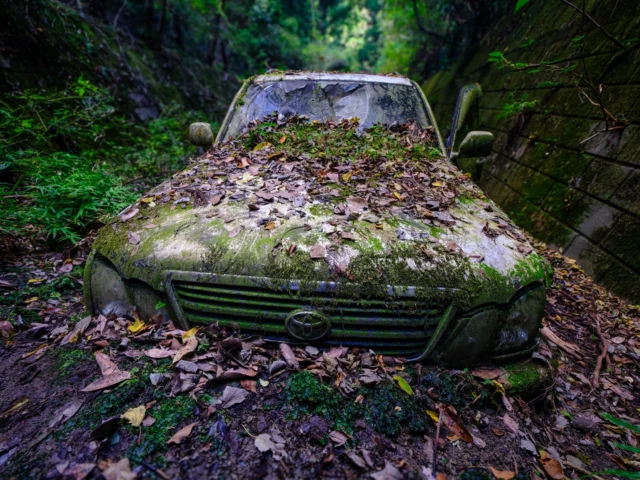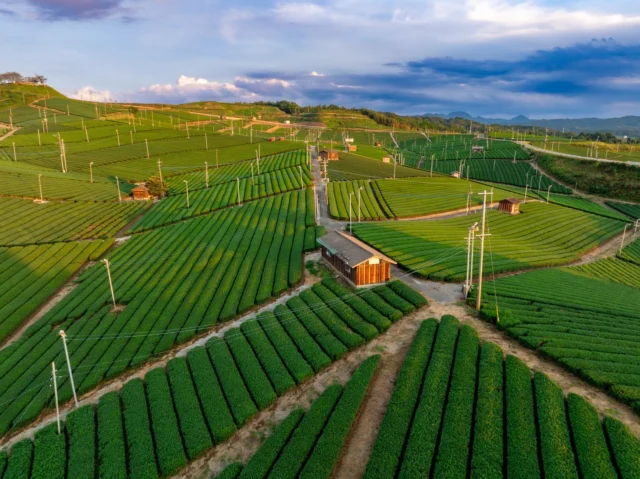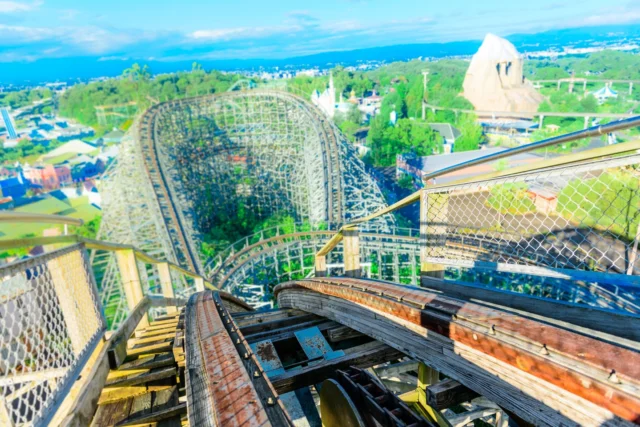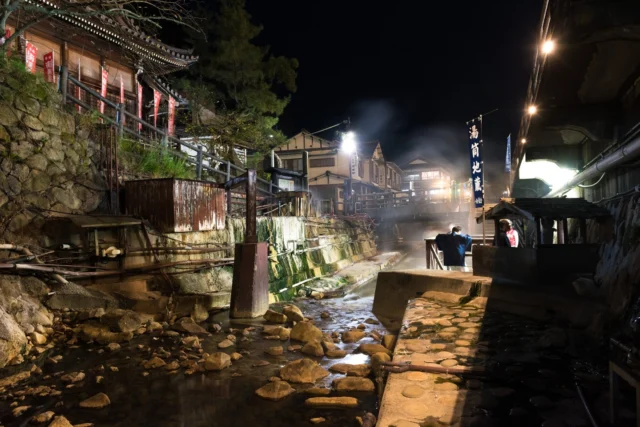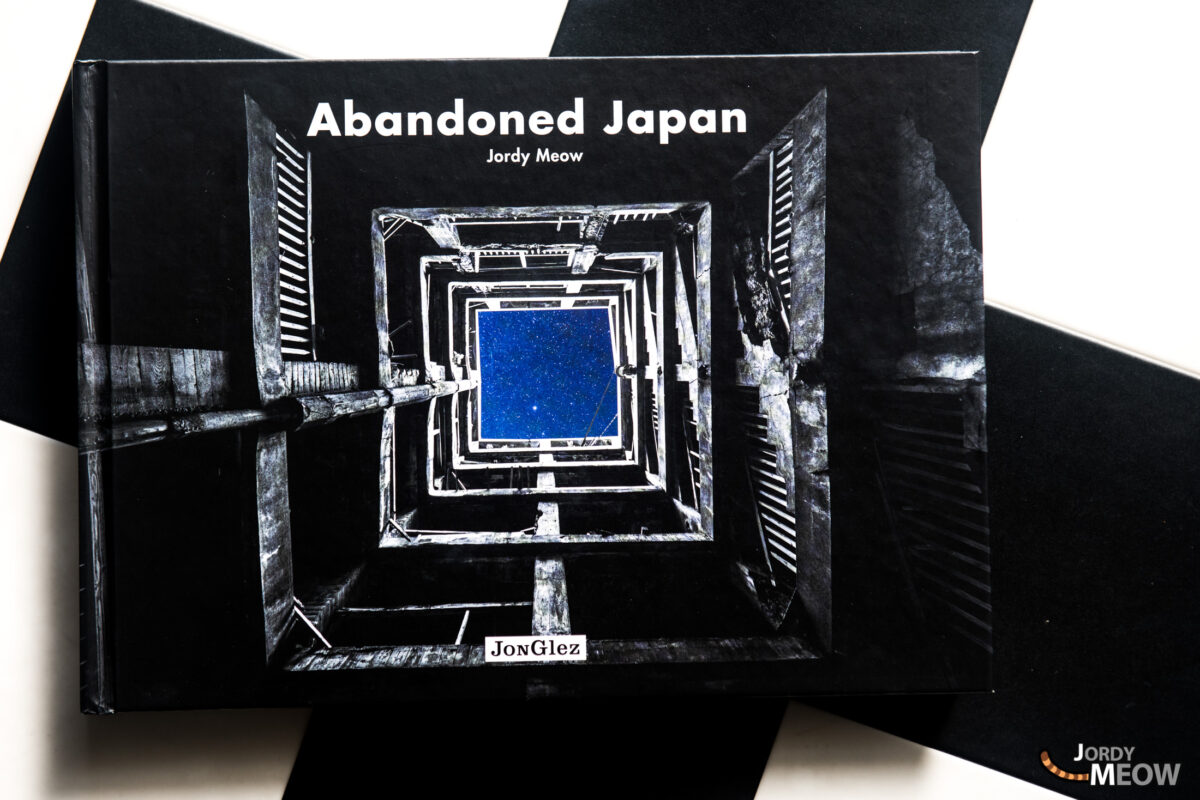This small volcanic island, part of the Izu archipelago, has a population of just 7,000. Inhabited since the Jōmon period (c. 14,000–300 BC), it has historically been mainly known as a land of exile for fallen samurai.
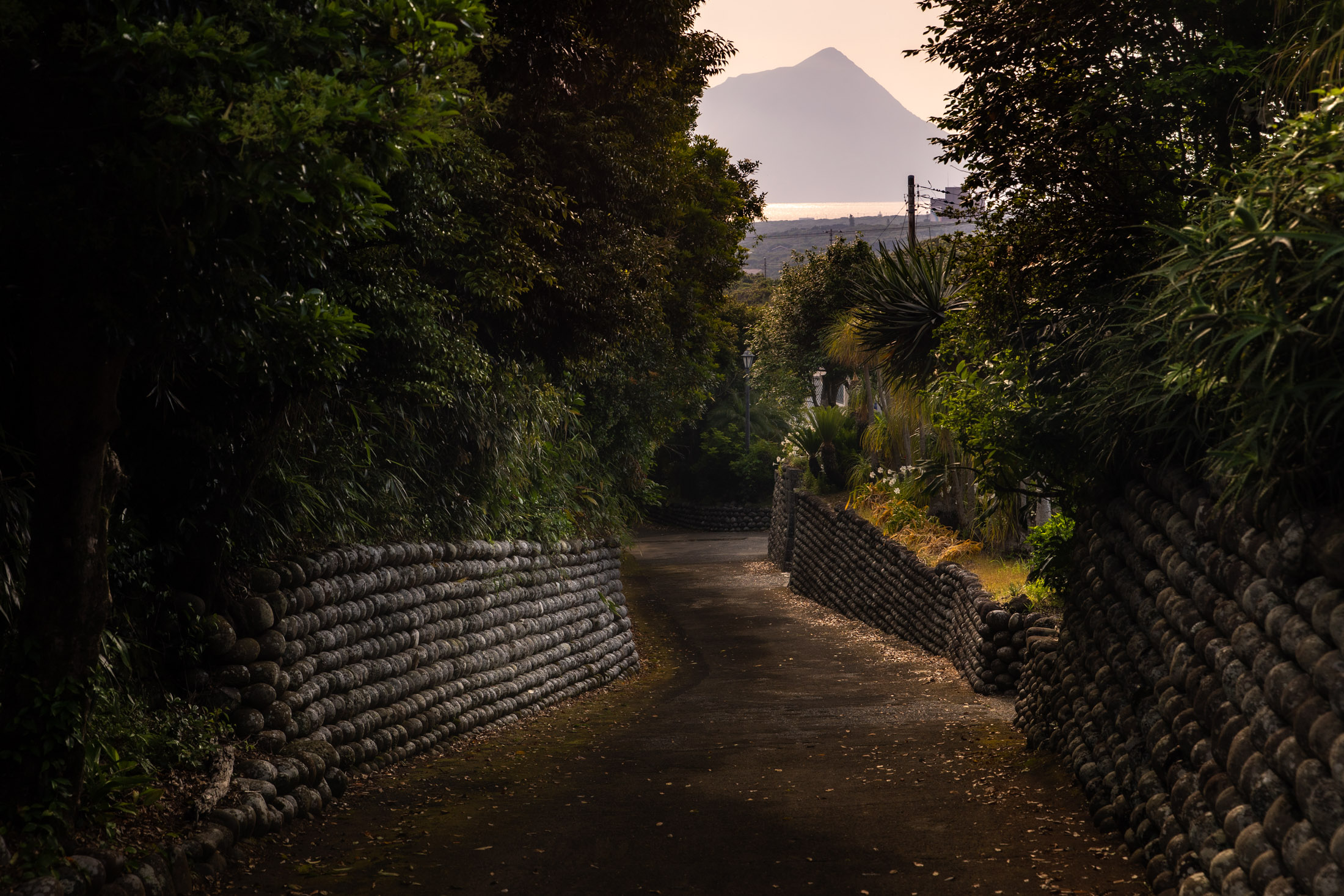
The story goes that in the Heian era (794–1185), rebellious samurai Minamoto no Tametomo took refuge on the neighbouring island of Izu Ō-shima after a failed coup, only to finally commit suicide on Hachijo-jima.
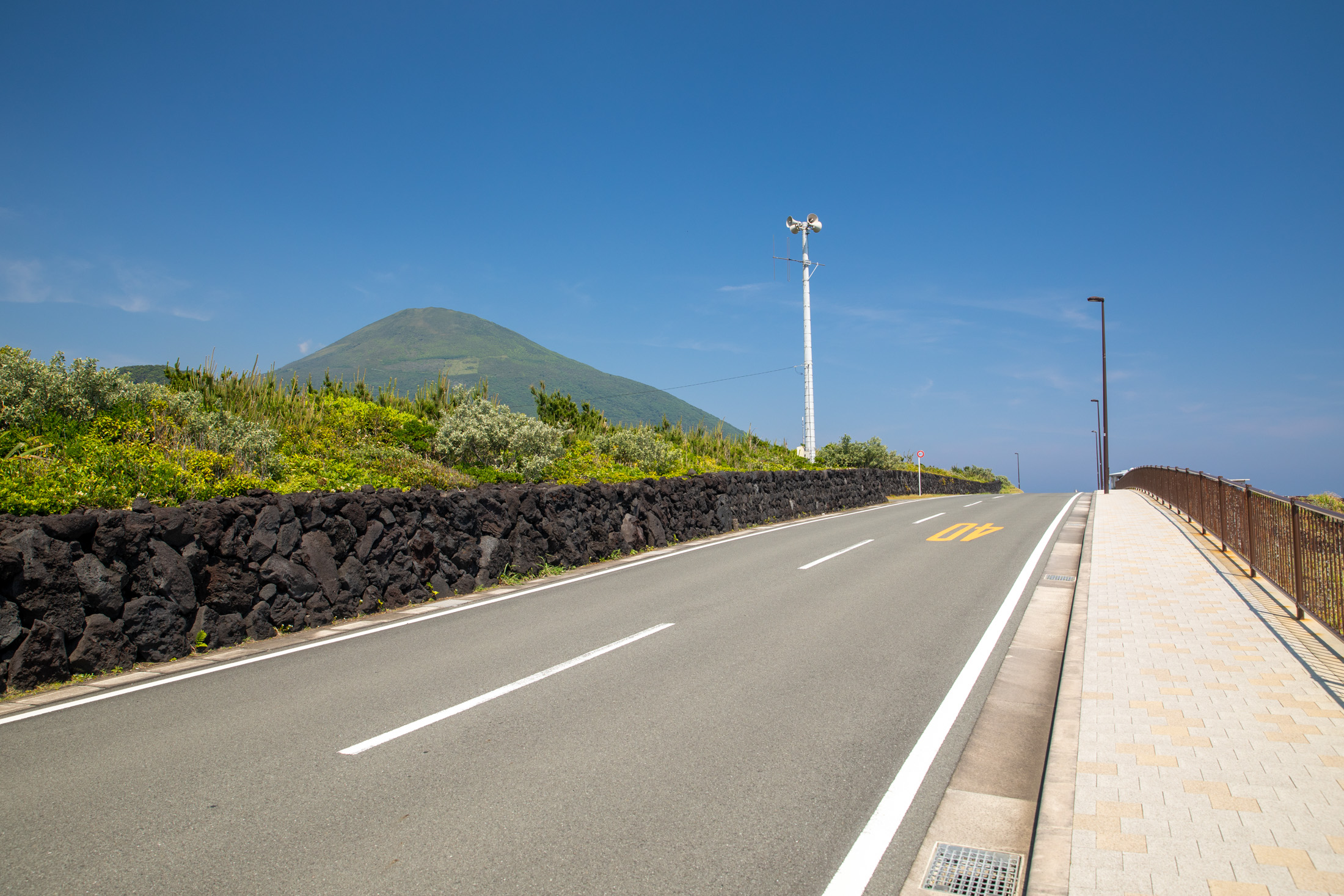
The village nestles between two volcanoes: Mount Hachijo-fuji and Mount Mihara. The tropical climate favours the development of a rich forest. The landscape is best known for its beauty when the scarlet aloe blooms in February and the colourful freesias and cherry trees of Oshima in March.
Hachijo-Fuji (Nishiyama) 八丈富士
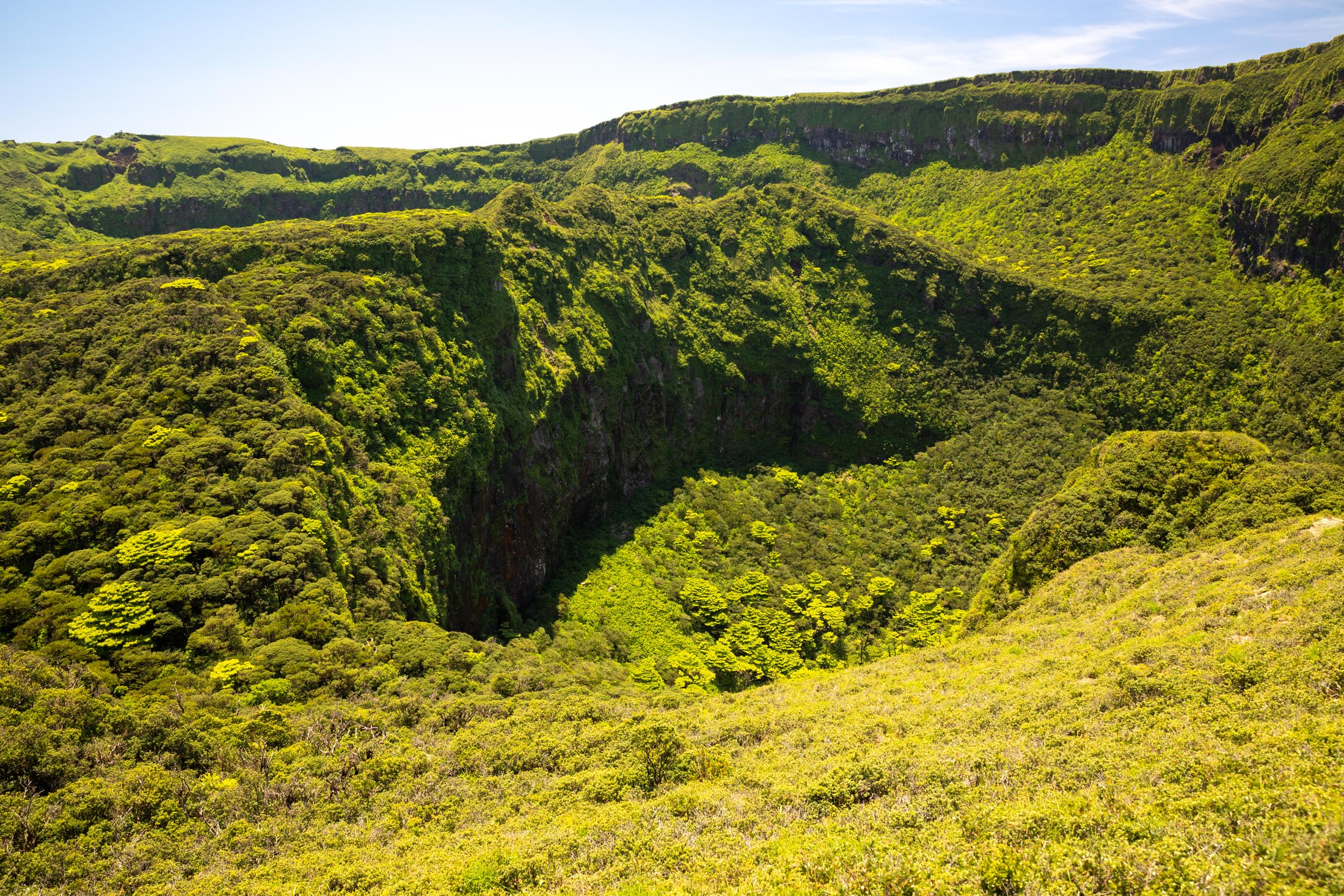
Mount Hachijo-Fuji (also called Nishiyama) is the highest mountain of the surrounding islands with slopes reaching 854 metres. The volcano has been dormant since its last eruption in 1605. The mountain is known as the “Fuji of Hachijo” for the crater shape reminiscent of Mount Fuji.
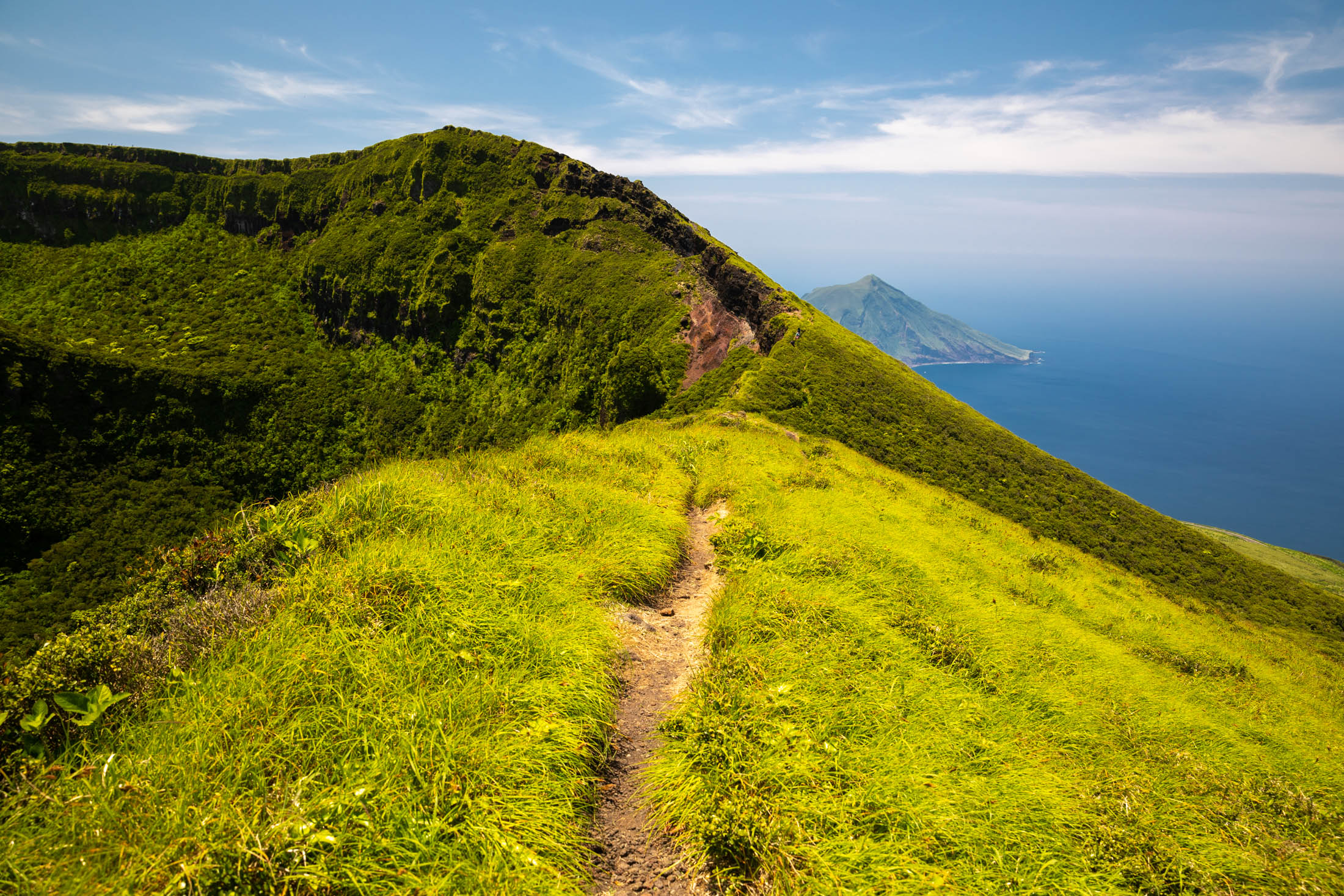
The ascent from the foot of the mountain used to take two days. But since the construction of a road that leads directly to the seventh station, the route is much easier. At this station is the Fureai farm, where visitors can rest before their climb.
Osato no Tama-ishigaki (大里の玉石垣)
Osato district has retained many legacies of Hachijo-jima’s (sometimes tragic) past. The walls built with piled-up stones are typical of the archipelago and make for a unique landscape on an island noted for storms and heavy rains.
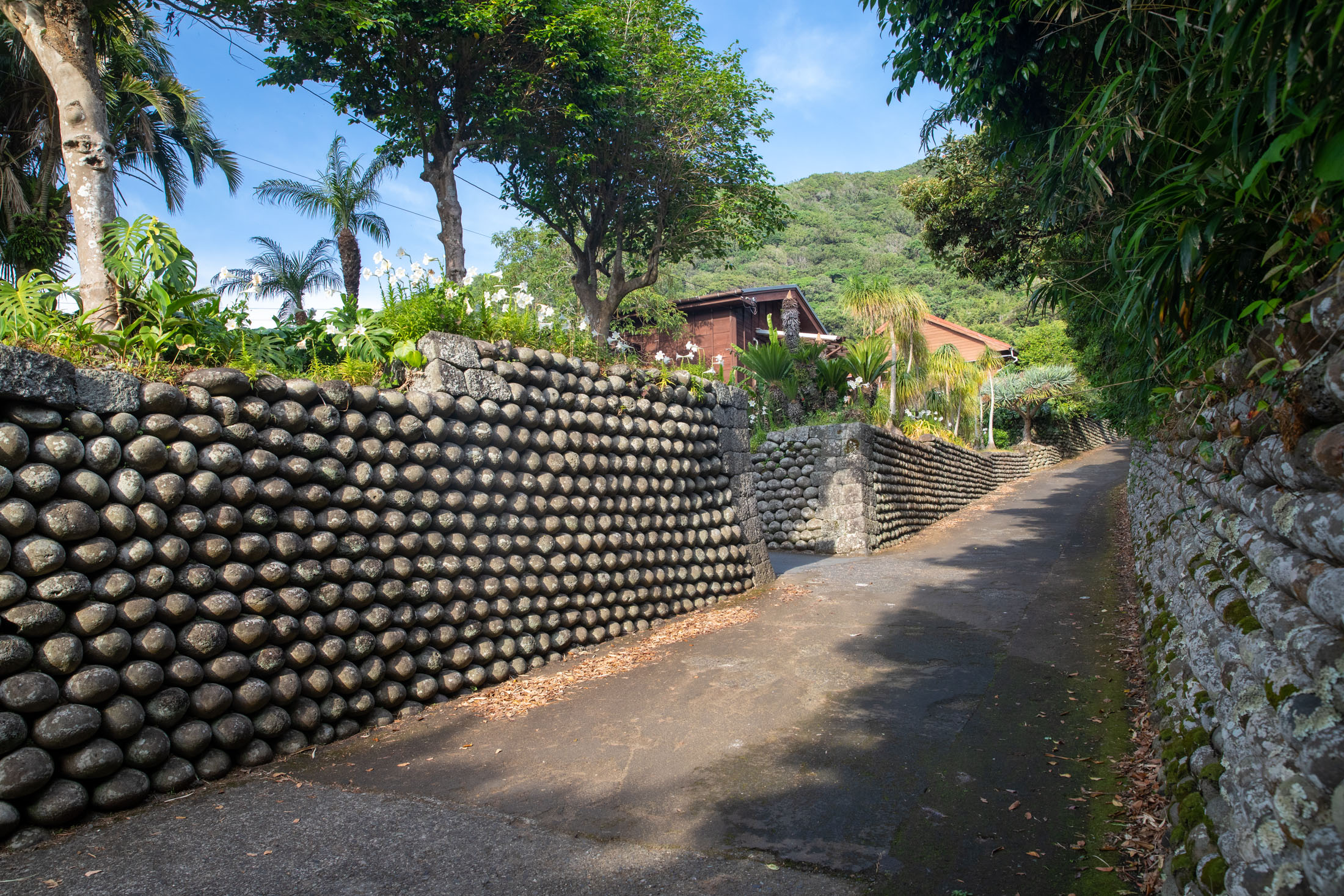
To protect themselves from bad weather, people built stone walls following the Tama-ishigaki assembly technique of setting groups of six stones around a round stone. Trees with large leaves, such as camellia, have also been planted as a windbreak.

One hypothesis is that the stones used to build the walls were collected on the beaches of Maezakigahama and Yokomagaura by those banished there. The walls are considered to be an important heritage that bears witness to the island’s past as a land of exile.
Nanpara Senjojiki
Near the port of Yaene, Nanpara Senjojiki is a huge volcanic lava plateau. This wide black lava plateau (500 metres long by 100 metres wide) has eroded over time to form a rock, a prime site for fishing.
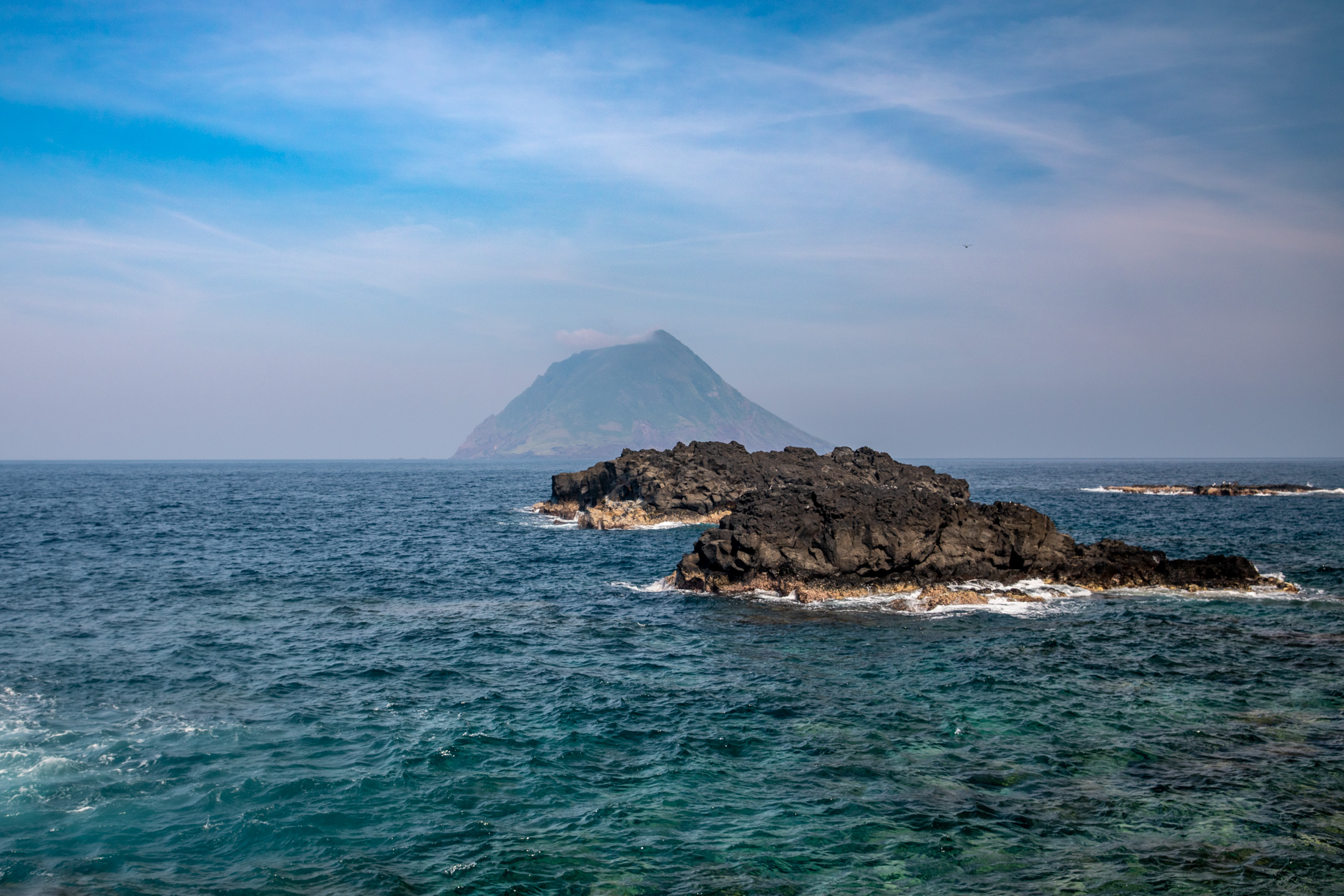
Uramigataki
Uramigataki is a hiking trail behind a waterfall. At the end of the trail (a 20-minute walk) is an outdoor hot spring where you can admire the splendid view.
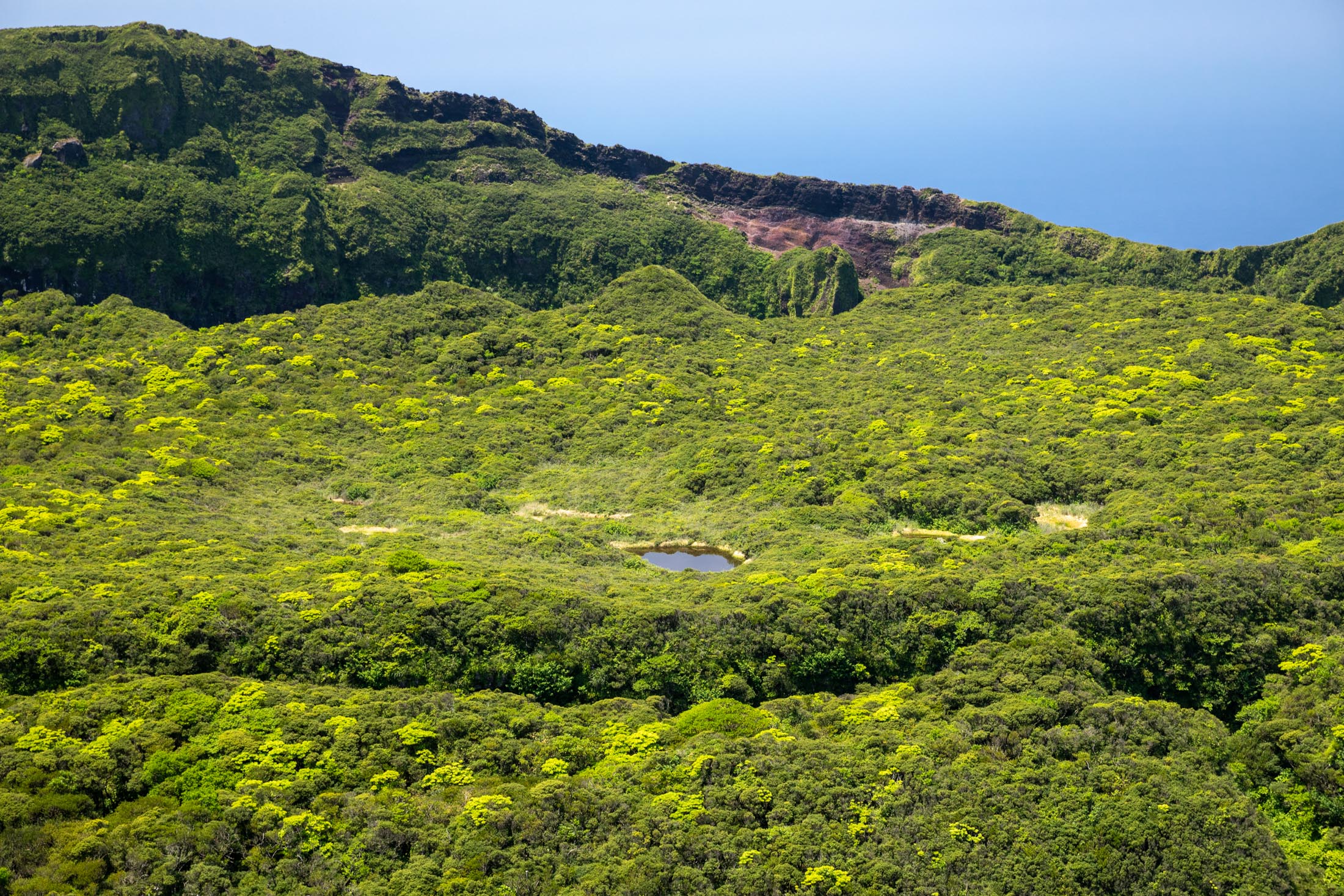
Miharashi no Yu (Spa of Vista), Sueyoshi hot springs
Miharashi no Yu is a hot spring spa facing the Pacific Ocean, with another spectacular view.

Nago observation bridge
This observation point is at the top of a steep cliff 180 metres high. In autumn, the moon seen from this bridge is on the list of the “Eight Best Views of Hachijo-jima”.
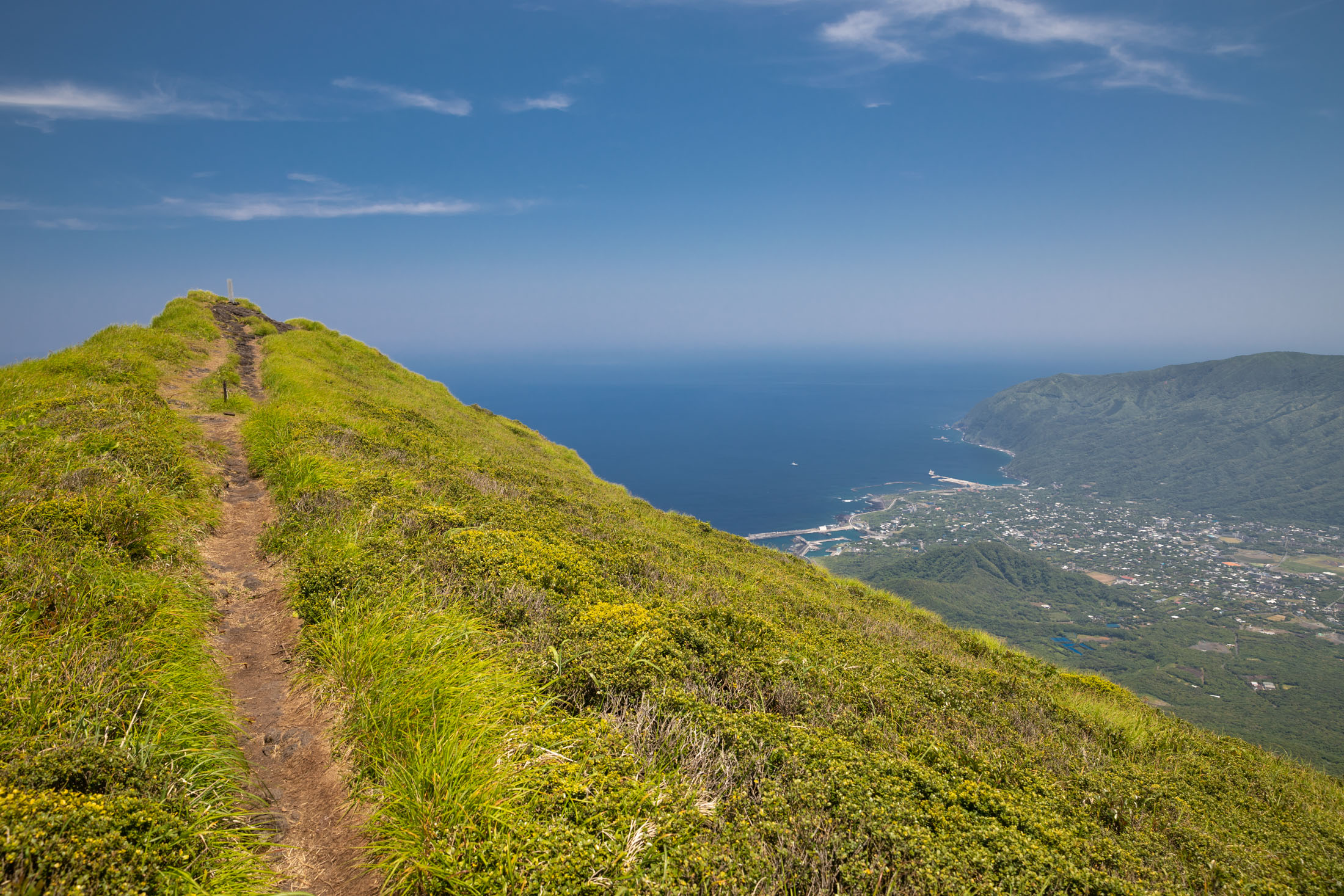
And for more awesome content about Japan, follow Jordy Meow on Instagram ! 🎵






